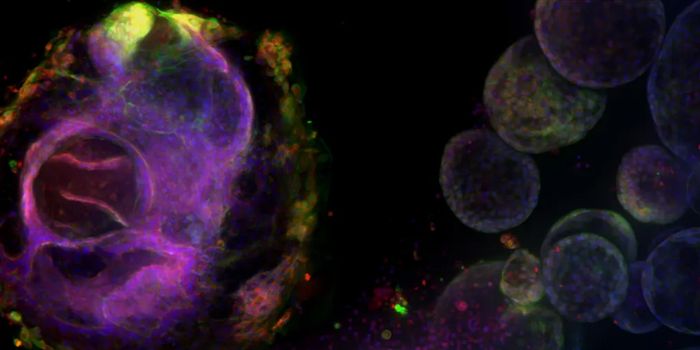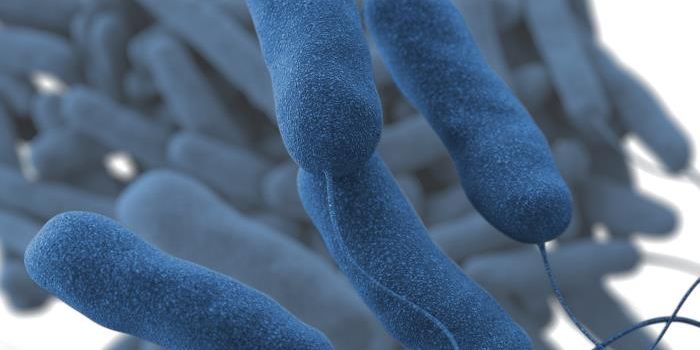Measuring Electrical Differences Inside of Live Cells
Electricity is a key aspect of life, and is required for organisms to move and communicate. The movement of tiny charged particles called ions across the membranes that enclose cells are what generates electrical currents. The voltage differences across a cell membrane can be measured with precise techniques, but scientists don’t know much about voltage differences that might exist within the cell itself, across the membranes of organelles.
Now researchers have found a way to measure such differences. This work, which was reported in Nature Nanotechnology, can help scientists learn more about how electrical charges may be affecting the function of some organelles, tiny structures inside of cells that have specific functions.
“Scientists had noticed for a long time that charged dyes used for staining cells would get stuck in the mitochondria,” noted first study author and University of Chicago graduate student Anand Saminathan. “But little work has been done to investigate the membrane potential of other organelles in live cells.”
Saminathan works in the lab of Professor Yamuna Krishnan, where the team works to create minuscule sensors that can move into cells, note what’s happening, and report back to the scientists. This information can help researchers understand proper cell function and how it gets disrupted during a disease. While the Krishnan lab has already made sensors that can assess neurons and lysosomes, they became interested in investigating the electrical properties of the organelles within living cells.
Ions can move across cell membranes through ion channels. These channels are essential for the function of neurons; they enable a current to travel down a neuron as the channels open and close. Previous work has indicated that organelles also carry some of these channels in their membranes, but little is known about their purpose.
Scientists can now start to learn more about those channels with a new tool called Voltair, which can measure the voltage difference between two parts of the same cell. Voltaire was made using DNA molecules, so it’s able to easily get inside of cells and move to different places.
When the Krishnan lab tested Voltair, they found evidence that several organelles have a membrane potential, including the trans-Golgi network and recycling endosomes.
“So I think the membrane potential in organelles could play a larger role, maybe it helps organelles communicate,” said Krishnan.
“This new development will at least start conversations, and may even inspire a new field of research,” said Saminathan.
Sources: Phys.org via University of Chicago, Nature Nanotechnology









